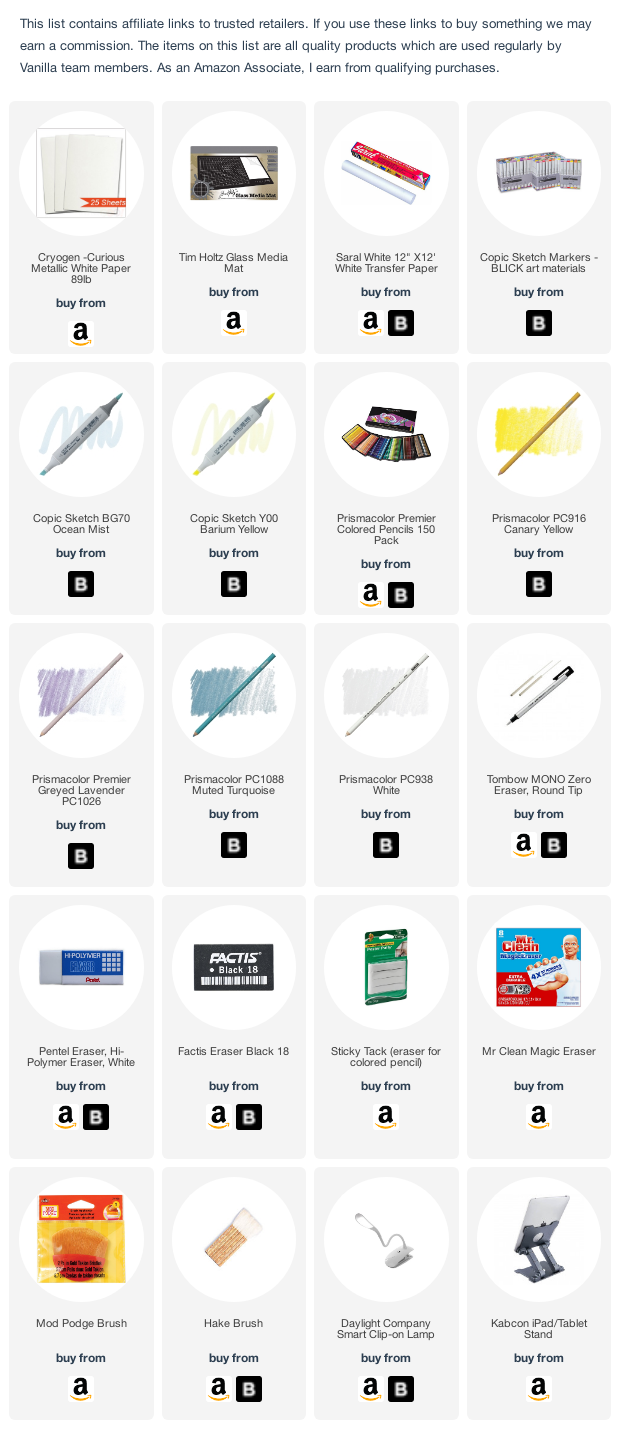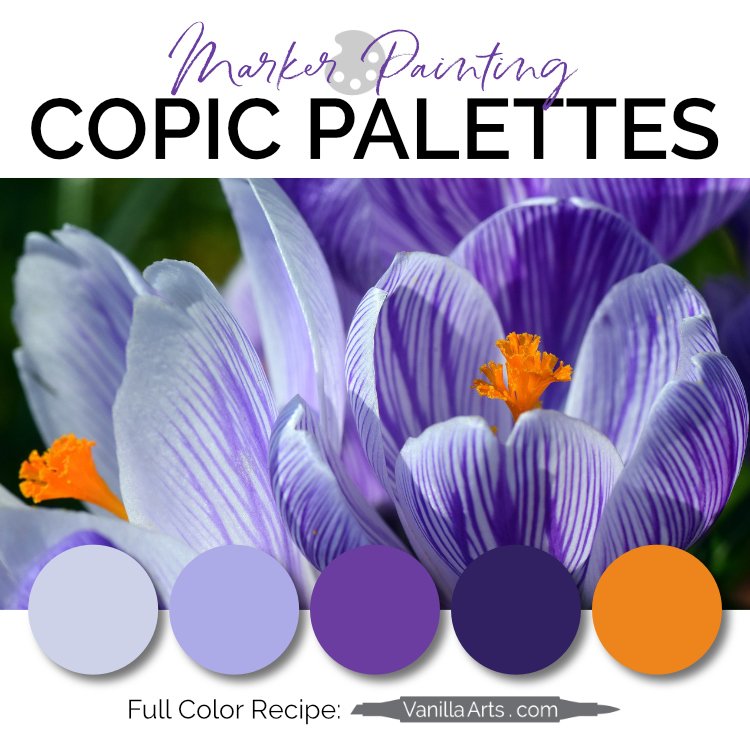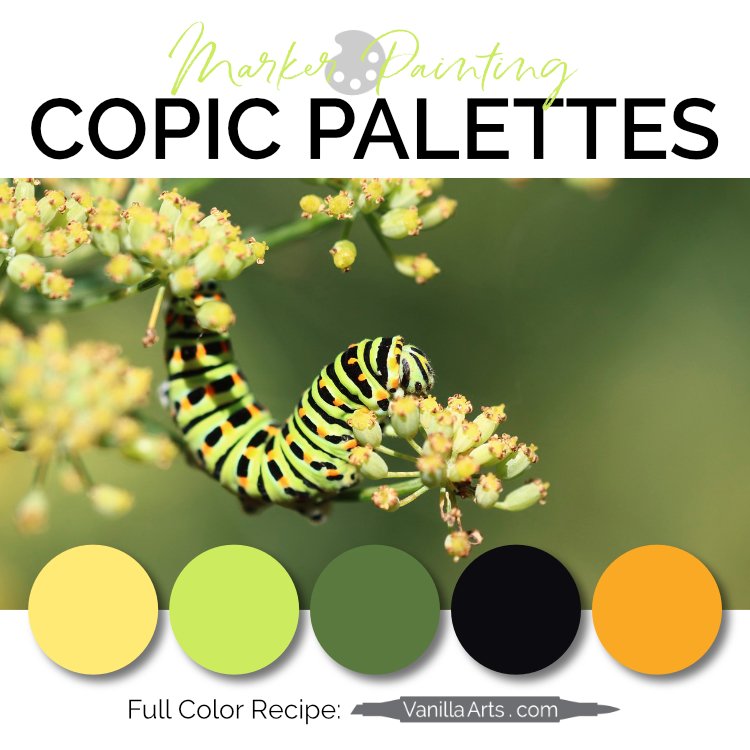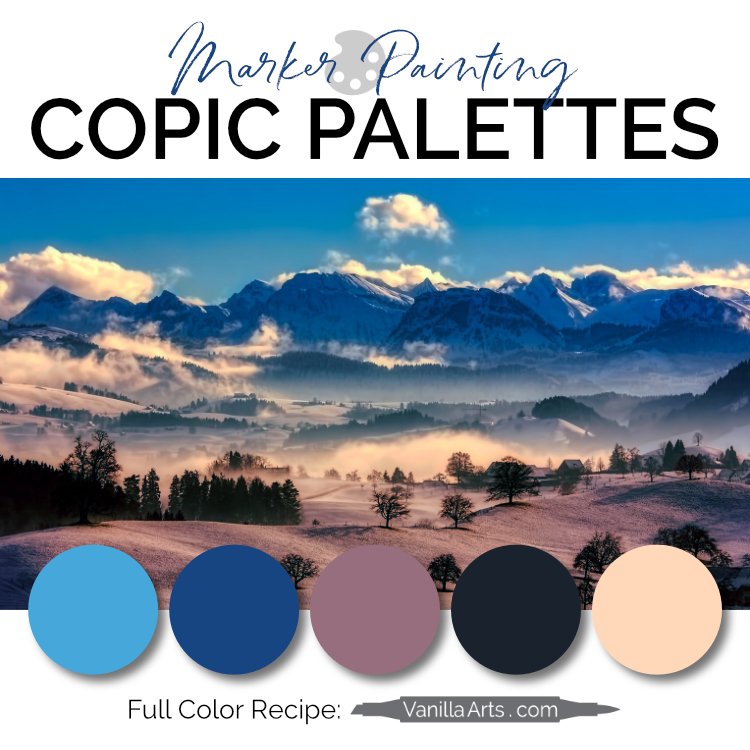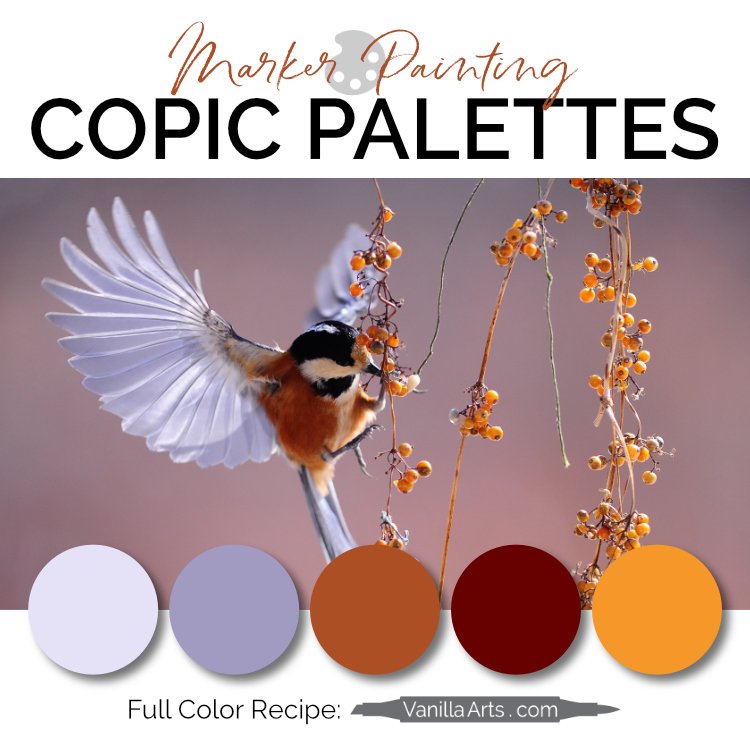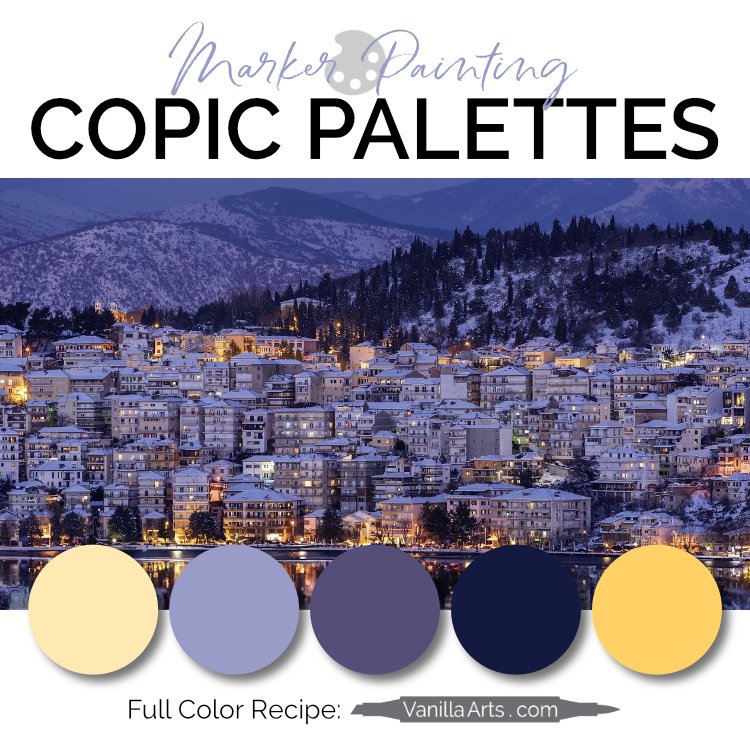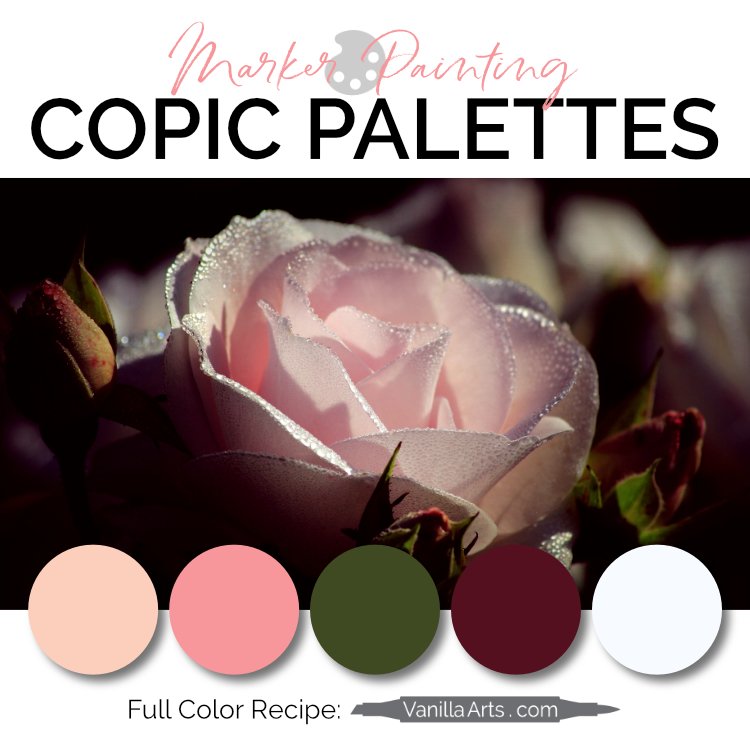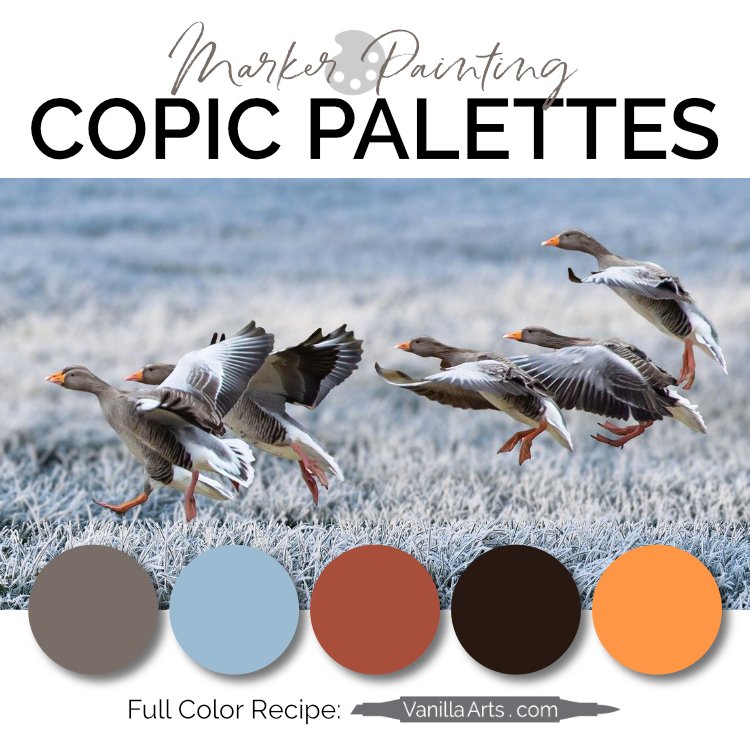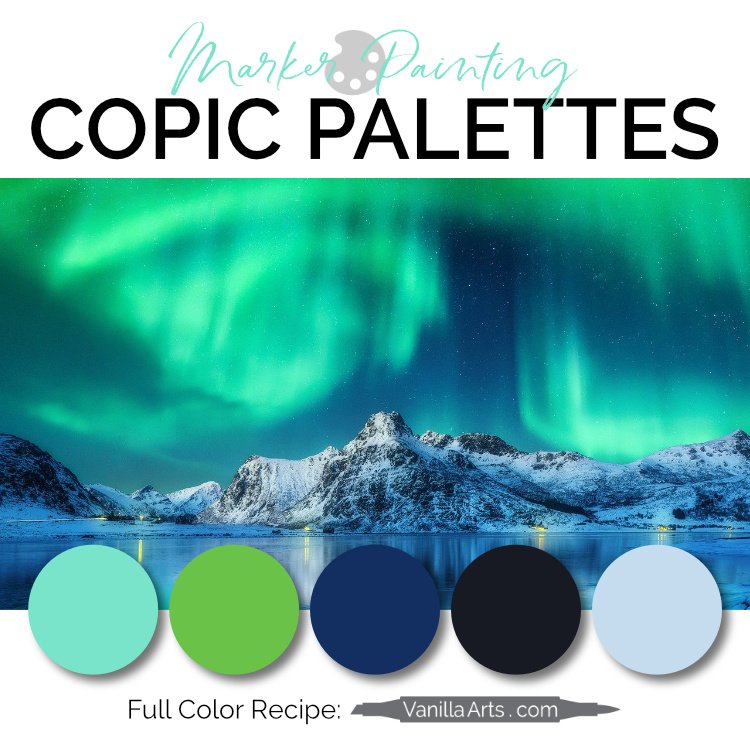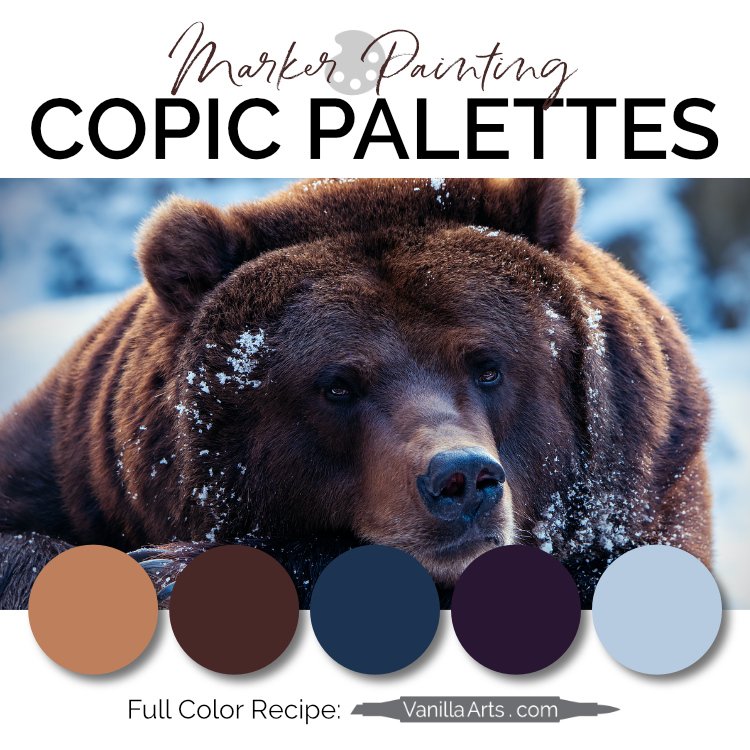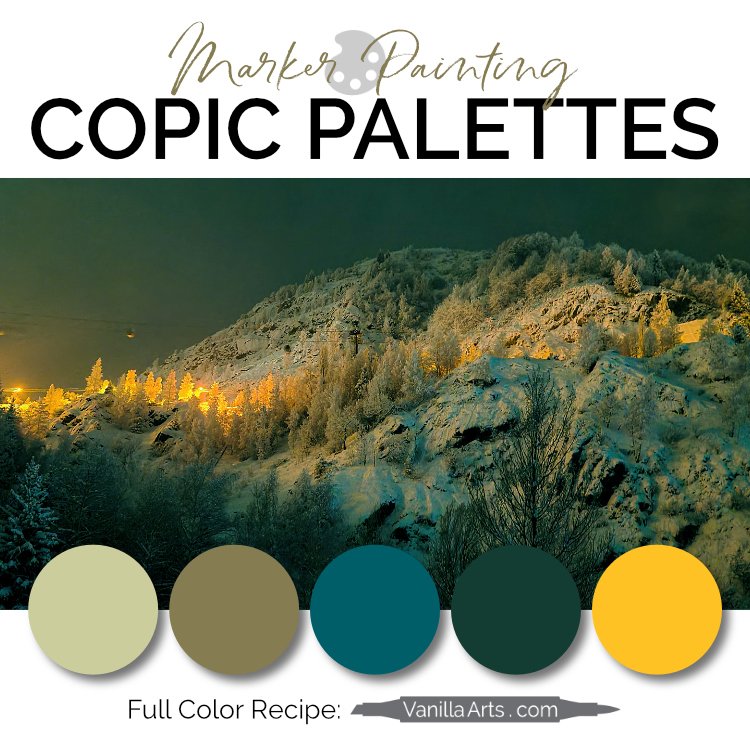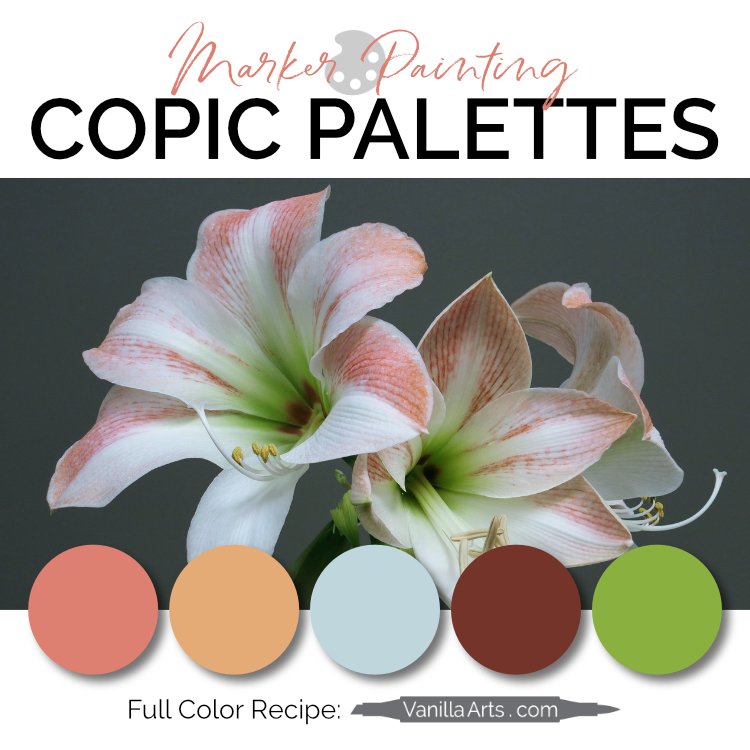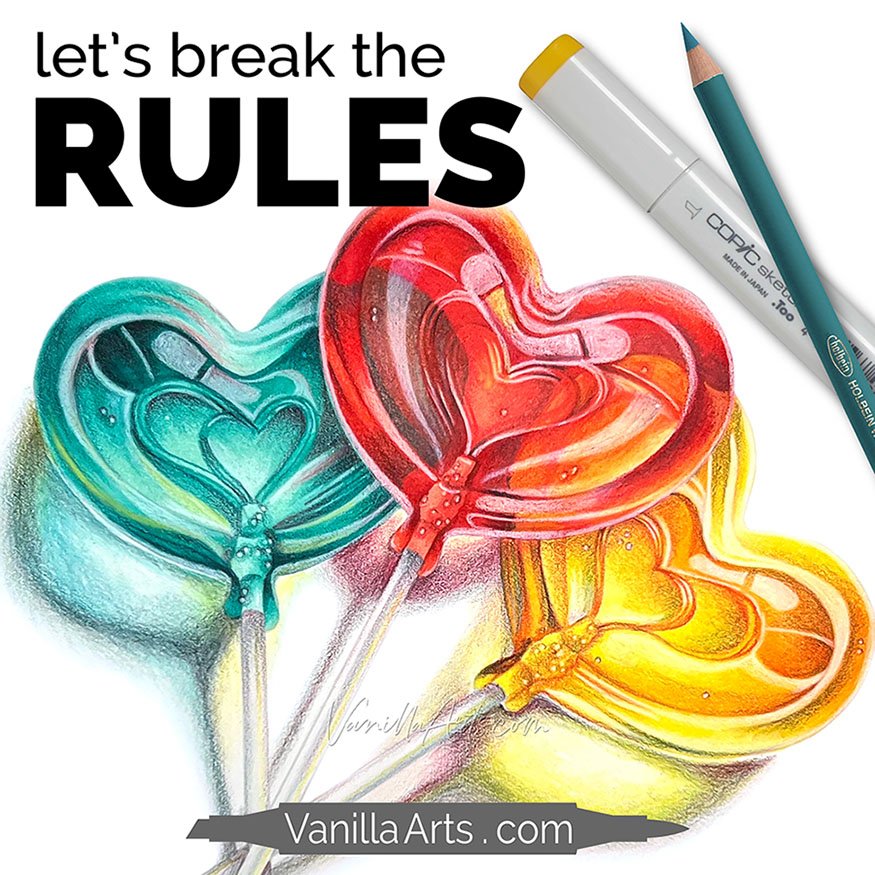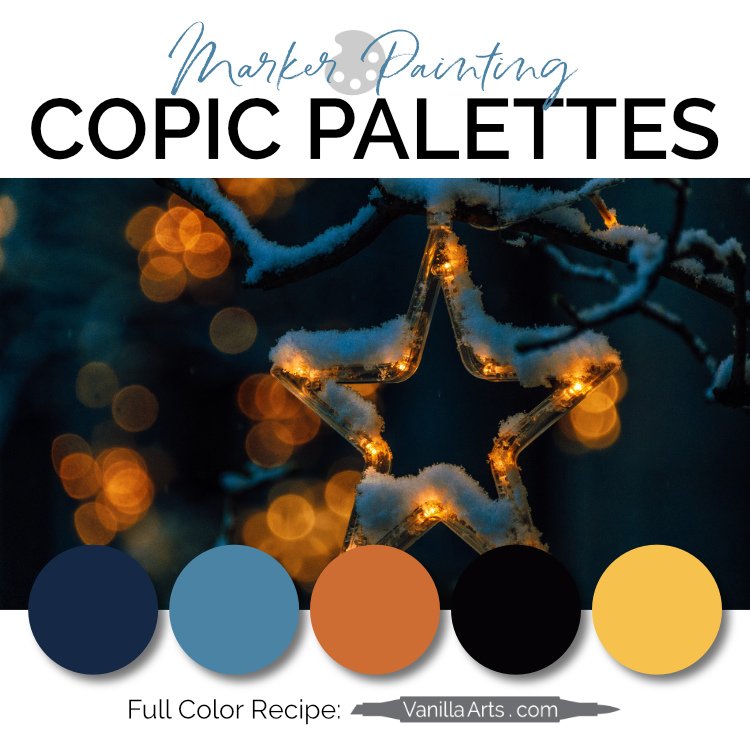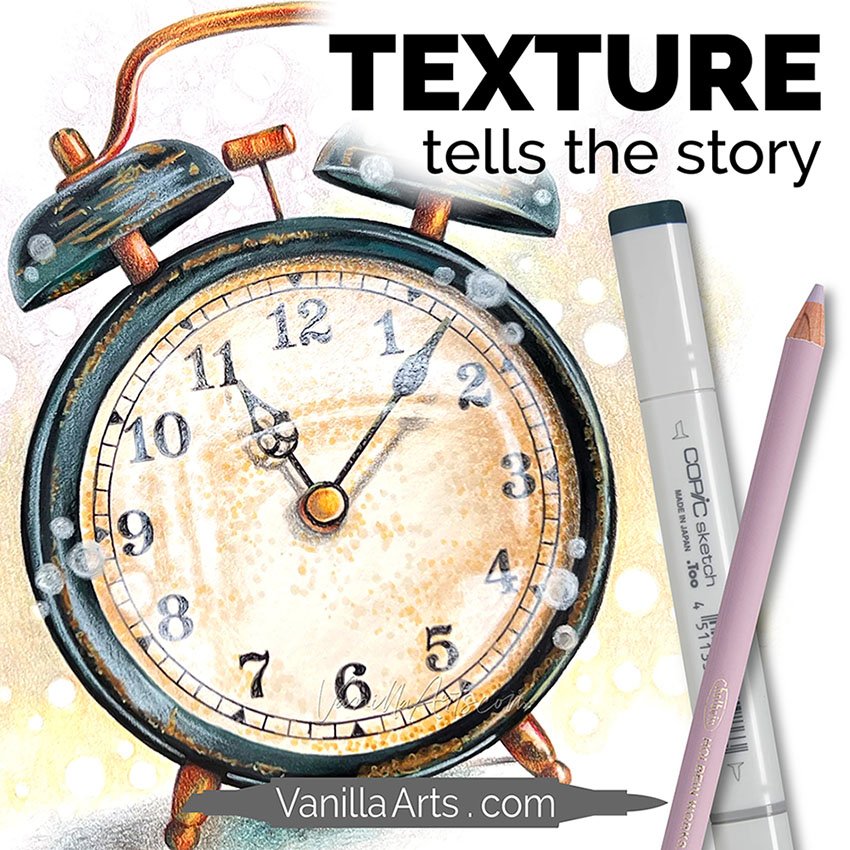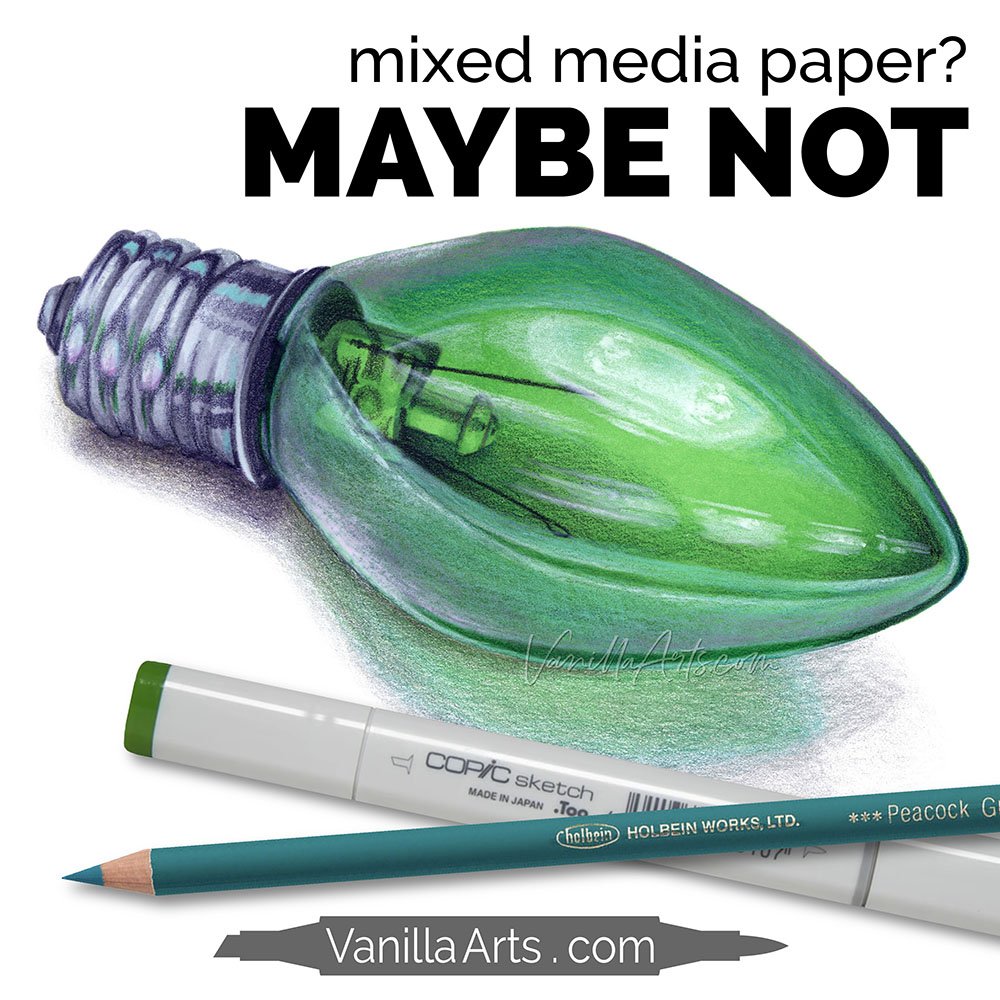Tips for Coloring Realistic Glass (Lemonade tutorial; Colored Pencil Magazine)
Do You Struggle with capturing realistic glass?
You’ve tried it a few times and man, glass is just not your thing!
You’re pretty good with colored pencils, Copic Markers, or even watercolor. You can breeze through any tutorial. If someone’s guiding you, everything’s easy-breezy.
But coloring glass on your own? What a headache! It looks flat. It looks fake.
Feeling hopeless?
Hold on, there’s help!
Glass is one of the most difficult materials to capture in painting or coloring. Every artist struggles to make it look more realistic. Illustrator Amy Shulke offers 5 tips for capturing depth and sparkle in your next glass project. Sidewalls, distortion, waterline, centerline, and reflections.
Let’s look at a few tips for drawing, painting, or coloring realistic glass.
If you’re ready to try your hand at realistic glass, be sure to get a copy of my latest tutorial.
Amy Shulke’s Lemonade
Prismacolor Premier Pencils over a base of Copic Marker.
Colored Pencil Magazine, July 2020
Tutorial includes supply guide, line drawing, photo reference, and step by step process photos.
More Colored Pencil Tips:
Don’t miss my previous colored pencil tips and suggestions!
By the way, the following article deals with vessels— glass objects that are either empty or hold liquid inside.
The rules change when dealing with solid glass— like sculpture, paperweights, marbles, or even the handles on glass vessels. Solid glass is a completely different beast and I’ll have to write about that separately someday.
Ready for some tips?
Glass is never going to be easy but here are the elements and mindsets that I rely on when creating realistic glass paintings, no matter what medium I’m using.
Remember the sidewall
So… you’re coloring a glass of wine, a tumbler of juice, or maybe some lemonade in a goblet.
Usually, what’s inside the glass is more colorful than the glass itself.
We get excited about the chance to play with real color.
Enthusiasm sometimes overrides our normal, careful thought processes.
We start to color what we think we see, instead of what we actually see.
Coloring out of your head can be a problem if you’ve never taken the time to study real glass.
A stereotype of glass will never be as interesting or as magical as the sparkle of real glass.
Here’s one issue that pops up when you color from memory rather than observation:
Many colorers will take the colorful liquid all the way to the outside edge of their line drawing. They fill the cup completely from left side to right side.
But here’s the thing: there’s still a glass holding it all in.
All glass has a thickness. It’s called a sidewall.
In thicker glass, like my Lemonade goblet here, you can actually see the sidewall.
Where the glass is heaviest, the sidewall is visible.
But even if the glass is thin and delicate (like a champagne flute), you should look for the presence of a sidewall. Even if you can’t totally see it, you’ll still see evidence of it.
Mentally recognizing that the sidewall is there will help you understand the color changes you see at the edges of the liquid.
There’s often an unusual bit of darkness running down the far outside of the liquid. As the glass rolls around the edge, away from our vantage point, we begin to look through a thicker amount of glass sidewall and that causes the the color to darken. So even though the sidewall has taken on the color of the liquid inside, it’s a more desaturated version of the color.
Sometimes the sidewall resists taking on the color of the liquid. Instead, you’ll see a very consistent rim of highlight carried down one side. That’s light being transmitted along the sidewall. Don’t mistake that for a highlight because unlike a reflection, a bright sidewall has ultra crisp edges and sometimes waves of beautiful color in it.
When you ignore the side wall effect, it makes rounded glass look flat and two-dimensional.
Sidewalls give glass weight, body, and presence.
Even if it’s just the hint of a sidewall, understanding the form of the glass leads to a more accurate color rendering because you know what to look for in the photo reference or live study. This is why I almost always look at my glass empty and feel the sidewall with my fingers. I want to physically understand how thick it is before I look at a posed photo reference. If I can’t put my hands on the glass, I look for other similar photo references.
Just keep in mind, the sidewall is always there and it changes the edges of the liquid, even if you can’t totally see the glass.
2. Glass & Liquids bend light
This is especially important if you’re drawing your own images.
But I don’t want people who color stamps or purchased line drawings to skip this point because:
Many artists draw this wrong
Many stamp artists don’t even draw it at all!
It’s a common scene to have a glass vase or jar full of flowers where the stems plunge into the water. We can see the stems above the waterline and the below the waterline.
And all too often, the stems come straight down the whole way. In fact, you could erase the jar and the water and have a perfectly normal looking bouquet.
This doesn’t happen in real life!
Everything we see is nothing more than lightwaves, right?
We don’t really see this lemon, we see lightwaves bouncing off the lemon.
I know, that’s some seriously mind melting ju-ju there but give it a whirl. We never really see an object, only the lightwaves an object reflects.
And the thing about lightwaves is that it’s really easy to throw them off their path.
Glass does that.
And so does the liquid inside your glass.
The next time you’re at a restaurant, look at your straw. It starts out at the top, nice and straight but then it meets the edge of the glass and looks a little blurry. Then when the straw meets the surface of the liquid things really go haywire.
First off, the straw skips over to the left or right a bit. I found a helpful photo of the jump here.
Then there’s the magnification, the straw will seem fatter under the waterline. Then there’s the bend, a perfectly straight straw can look bent and bulging underwater. I’ve even seen one straw break into two straws.
Glass and liquid will bend, break, and magnify the appearance of ordinary objects.
My ice and lemon here are also distorted but it’s more subtle than with a long straight straw or a tulip stem. As the lemon and ice cubes dip behind the rim of the glass, the color is fuzzier and I’ve indicated less detail. Below the waterline, the lemon and ice cubes become simple blobs of color.
As I said, this is an important touch of realism for flowers in vases.
But it’s also key to fish in fish tanks or the fruit in Sangria.
You simply won’t see things as crisp and undistorted if they’re inside a glass, floating in liquid.
Show the lightwave distortion of objects to improve your realism.
3. Reality & perspective
First, let’s cover reality.
Whether you’re drawing glass, tracing a photo, or even if you’re just adding a waterline to an existing stamp, you need to keep in mind that the liquid inside must obey the laws of physics.
If you’re drawing a bottle bobbing in the ocean or perhaps there’s a Champagne toast, like in my Cheers! Workshop class, the surface of the liquid will not match the tilted glass.
That’s key to the providing an off-kilter feeling.
Fill a glass or bottle with water and play with it. Tilt the glass around and watch what the waterline does. Experiment to learn.
Now for perspective.
And honestly, this is a tougher concept to master.
So let’s get you some help.
I encourage you to take a Perspective Drawing class or buy a few books on the subject.
All too often, I see very good artists and colorers give us a nice elliptical opening to the jar or bottle, then they haphazardly slash any old straight line across for the waterline.
This doesn’t happen in real life.
A drinking glass is a series of ellipses from top to bottom. First you have to think about where your eye is in relationship to the glass, this is your vantage point.
The ellipses are thin where they’re close to our vantage point and then they fatten and get rounder as they move away, either above or below our eyeline.
I know this is a bad explanation. This is why perspective classes last several months and why perspective books are dense reading.
But I also know some of you just looked at my pink ellipses here and a lightbulb went on. Perspective is logic and for some of us, it just clicks the first time we see it.
It’s not just the rim and the foot of the glass that are related. This ellipse law also applies to a calm, still liquid inside.
And it’s not just drinking glasses and canning jars. This same rule applies to fish bowls and gumball machines.
If you want your glass to look real and rounded, you have to respect the rules of perspective. Inside and out.
You can’t expect anything to look realistic if it’s not logical.
4. Respect the central line
This one goes out to all the fixers.
I see this issue all the time. Heck, I do it a lot too.
Glass vessels are almost always symmetrical from one side to the other. Sure, on a pitcher, there may be a spout on one side and a handle on the other, but the body of the glass object is still fundamentally symmetrical.
In fact, if it’s hand blown glass, then symmetry is essential to the creation process!
Anyway, let’s say you oopsie outside the lines a bit on the left side, so you go back and smooth the edge out.
Now you are obligated to make the right side match. It’s essential!
The outline of our paintings and colorings grow as we fix things This is especially true when you’re messing with the lip of a drinking glass or jar.
On several occasions, I’ve “fixed” the lip into a complete mess.
You just learn after a while, if it happens on the left, you pretend it also happened on the right. Do for the goose what you did to the gander. I’ll even pull a ruler out to check!
It won’t look like real glass if it’s wonky and off-center.
5. Modern cameras make glass boring
Ugh. I hate getting old!
Once upon a time, when I taught a glass class, I’d have students look in magazines or even on AOL for glass photo references. (Yes, I’m old!)
It was easy to find gorgeous highlights on glass. They were everywhere!
Nowadays? Not so much.
Photographers use polarized filters which improve the color and clarity of their photos.
But polarized filters erase highlights.
Highlights are invisible to cameras now. The camera physically can’t see glints, glares, and sparkles.
They’re gone.
Don’t believe me? Go Google “glassware”. See any highights or reflections?
Nope. Gone.
Highlights are important to coloring realistic glassware.
First off, in real life, you see highlights and reflections all the time. They’re a normal part of everyday life. They’re so wonderfully normal that if you don’t include glass highlights in your drawing or painting, we say “hey, that looks fake!”
Here’s the other important thing reflections do: They add the fourth wall.
Without the reflection and highlight on my Lemonade glass, you would have trouble visualizing the front of the glass. The light is what brings that surface forward and rounds it out.
The same goblet with only shading would feel front-less. Light is key.
I now teach my students to run their own experiments at home. We all have glassware, we all have flashlights. We can play with light and even capture these glints with the camera on our phones.
I also teach my students to find good highlight photo references and hold on to them for dear life. We fake our glassy reflections when an original photo reference doesn’t show them. Once you understand the pattern, it’s not hard to add a few soft lights and hard hotspots to the artwork in a way that looks natural.
Polarized glass is boring glass, so add the highlights back where they belong!
There you go,
5 Tips to color more realistic glasses, goblets, and bottles
All glass has a sidewall. Even if it’s hiding, it’s there and it’s altering the color of the liquid inside. Find it and it will help simplify your color choices.
Glass and liquids bend light. This will affect how you draw stems, straws, or even goldfish. And it should also affect your color choices too.
3. Respect the rules of reality and perspective. The human eye is very critical. Even if your viewers don’t understand why something looks not-right, they’ll still notice it and frown.
4. Symmetry is very important. Again, your viewers will sense something is off and be critical about it.
5. Highlights and reflections show us the front wall. Add back the visually interesting highlights that polarized camera lenses remove.
Consider these tips and mindsets as you’re working and don’t forget to do a little research.
Understanding glass better makes for better glass!
As I said before, glass is a difficult subject, even for experienced and professional artists.
It’s something you can study for a lifetime, because the look of glass changes radically with just a shift of position or a change of the light.
It’s gorgeous too! I’m addicted.
Glass is brain candy, for artists!
Cool, refreshing Lemonade
Join me for a new Copic Marker + Colored Pencil lesson in the Vanilla Workshop
If you’re ready to try your hand at realistic glass, be sure to get a copy of my latest tutorial.
Amy Shulke’s Lemonade
Prismacolor Premier Pencils over a base of Copic Marker.
Colored Pencil Magazine, July 2020
Tutorial includes supply guide, line drawing, photo reference, and step by step process photos.
Select Products used in Lemonade:
You can view Lemonade, the process, line art and supply list here.
Vanilla Arts Company is a participant in the Amazon Services LLC Associates Program, an affiliate advertising program designed to provide a means for use to earn fees by linking to Amazon.com.


















